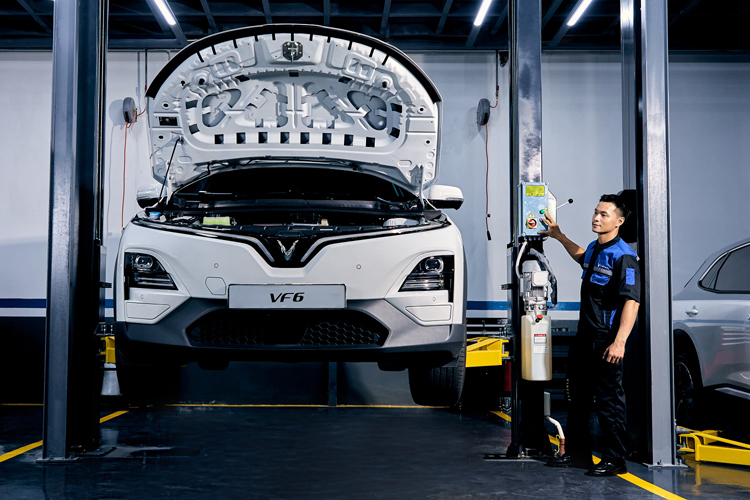
By Neeraj Kumar
Patna: A new study by IIT Delhi has revealed a rapid increase in the number of students, especially girls, commuting to school by bicycle in rural Bihar. Girls are at the forefront of this silent revolution, as highlighted in the research. The study found that a significant number of girls in rural areas are now using bicycles to reach their schools.
Aditi Seth, from Mumbai’s Narsee Monjee Institute of Management Studies, referred to this unprecedented rise in cycling as a silent revolution sweeping across much of rural India. The study conducted by researchers from IIT Delhi and Narsee Monjee also uncovered strong evidence that bicycle distribution schemes (BDS) have been instrumental in promoting cycling, with rural girls being the primary beneficiaries.
According to Srishti Agrawal, a PhD researcher at IIT Delhi, several factors such as gender norms, bicycle availability, distance to school, and road safety have contributed to the increase in the number of girls cycling to school. Nationally, the rate of students cycling to school increased from 6.6% to 11.2% over a decade (2007 to 2017). In rural areas, this rate almost doubled, from 6.3% to 12.3%, while in urban areas it remained relatively stable.
The research particularly highlighted the significant rise in cycling among girls in rural Bihar, where the rate increased eightfold. In West Bengal, cycling among rural girls tripled, making it the state with the highest level of cycling among rural girls in the country.
Janata Dal (United) acting national president and MP Sanjay Kumar Jha praised the research, attributing this silent revolution to the visionary leadership of Bihar’s Chief Minister Nitish Kumar. Jha noted that the initiative, started when few could envision its impact, has garnered appreciation both nationally and internationally, with several states adopting similar models. The benefits of Chief Minister Nitish Kumar’s forward-thinking decision are now clearly visible.







